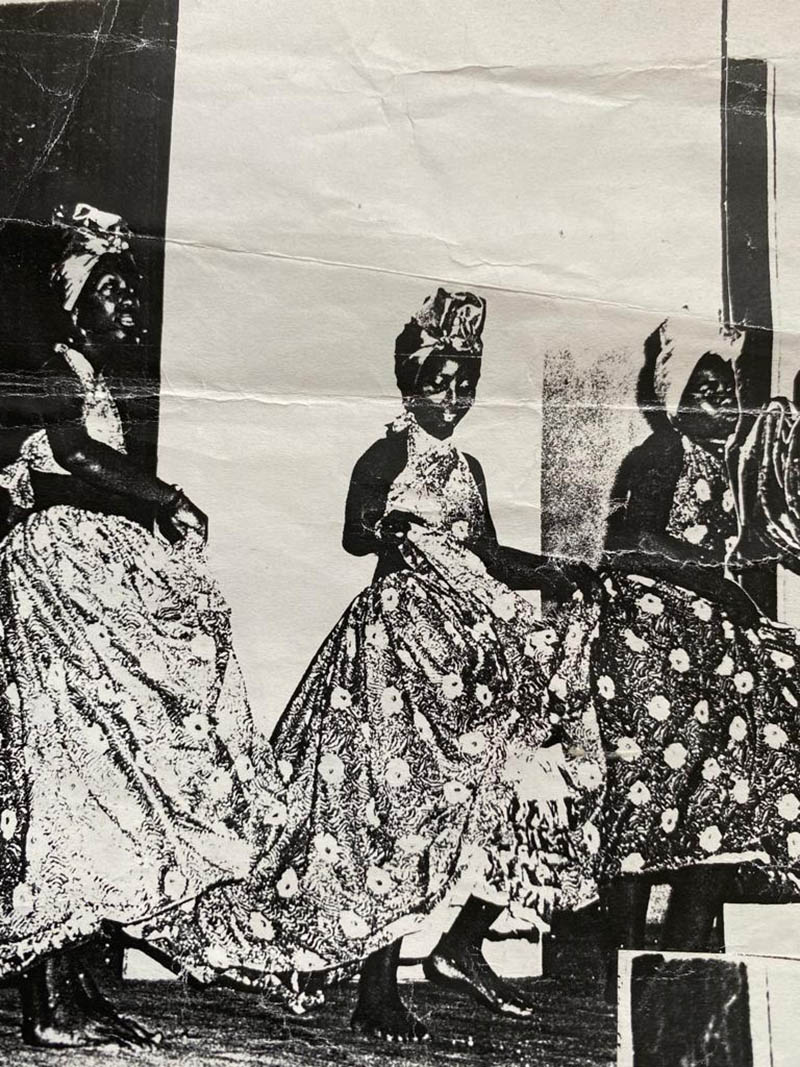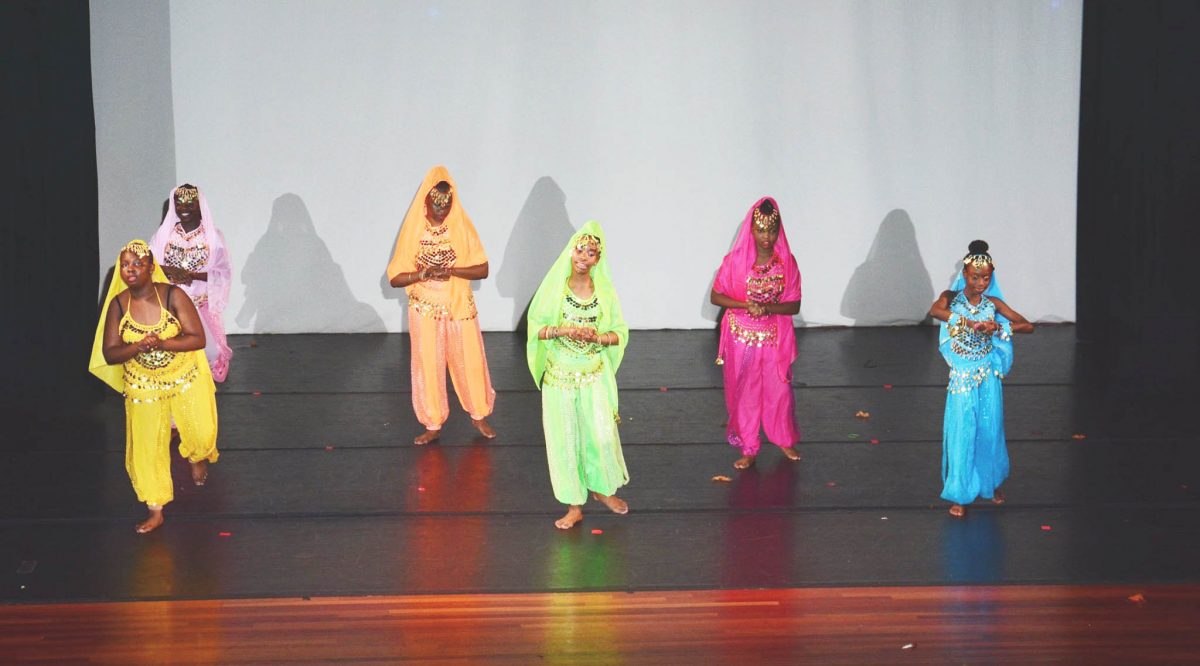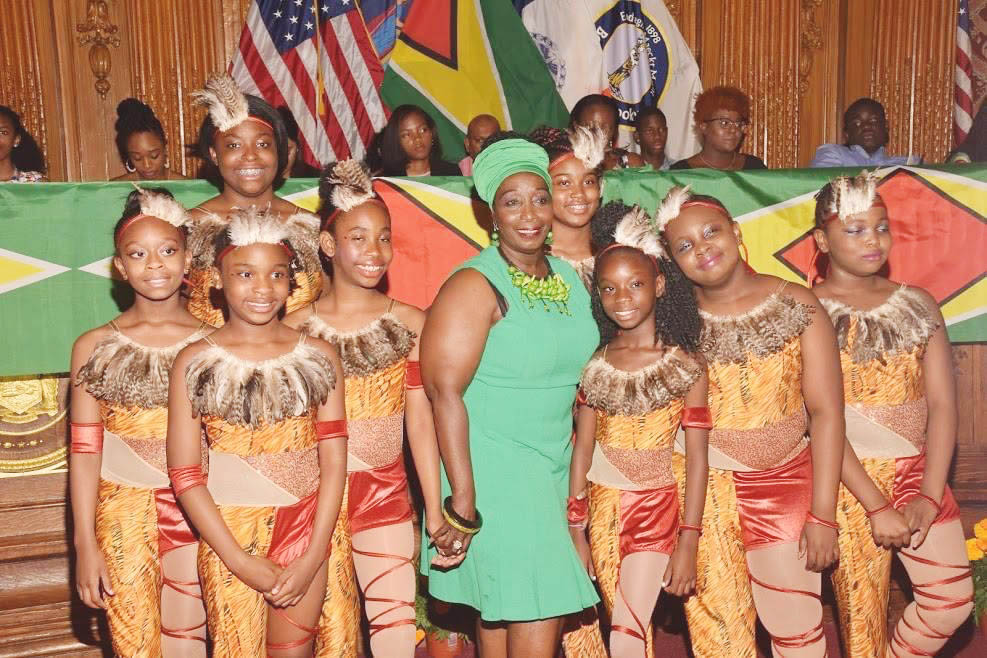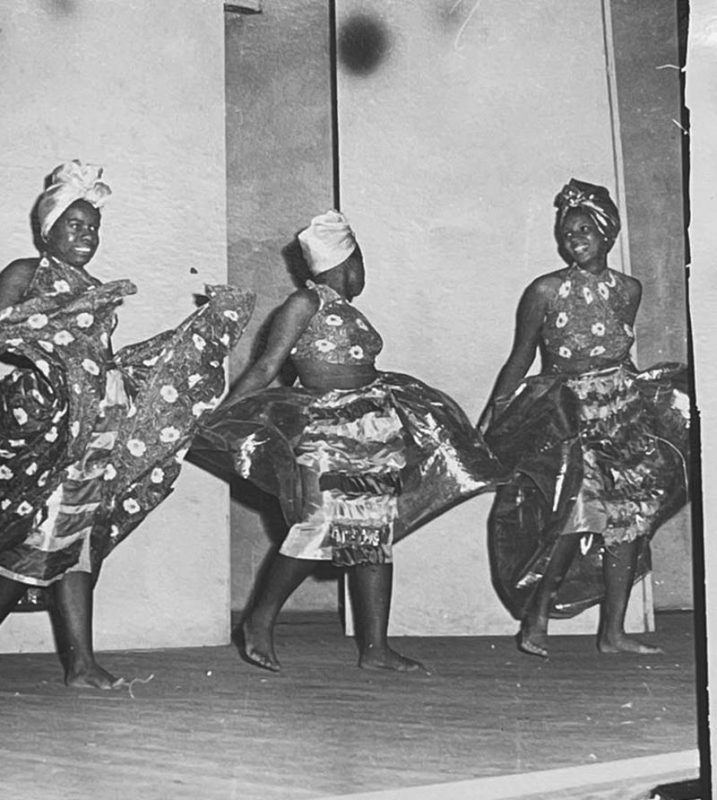For Verna Walcott-White being part of the inaugural Carifesta in 1972 and two subsequent Carifestas in Cuba and Barbados has helped to shape the journey her life has taken, which involved her opening a dance school in the US and being a dance instructor at several schools.
Walcott-White was a starry eyed teenager in August 1972, but if you speak to her today her memory of that inaugural festival, which among other things birthed the Festival City community as the houses there were custom built for the artistes from the various countries, is still crystal clear. And years later, every dance production she has done since has had a little piece of Carifesta ’72, even if it is just the lighting.
“…Carifesta shaped my life because seeing those traditional dances, how the body moved, … the stage presentation, the projection on stage that when I started to dance I was able to be in the National School of Dance under the tutelage of Madam Lavinia Williams, who came to Carifesta 72…,” Walcott-White told this newspaper.
Williams, an American, who had lived and worked in Haiti for years, founding that country’s Institute of Folklore and Classic Dance, returned to Guyana and took over the National School of Dance.
The fact that Walcott-White was unable to perform the dance routine they had practised because the custom-built stage could not have been accommodated in the National Cultural Centre, which was still being constructed, does not dampen her memory of that exciting time.
“I was a hungry kid. A hungry kid for dance. I loved dance and that’s my passion. Rehearsals were at the Bishops’ High School and that was for the ‘Legend of Kaieteur’…,” she recalled with much excitement during a recent interview with this newspaper from her USA home.
The dance routine was directed by Robert Narain and was expected to be hosted at the culture centre.
“It wasn’t built as yet, but they had erected a tent, a large tent. But the stage they built for the dance could not hold into the tent… There we were outside of the tent with our costumes in our hands… we didn’t get to perform, all those rehearsals we did…,” she said with a tinge of sadness.
Fortunately that was not the only dance routine she was involved in, as there was another with the well-known Doris Harper-Wills (who at 91 has a sharp memory of Carifesta ’72). The rehearsals were done at her home. This group got to perform at the opening of the festival at the National Park where David Lanyi’s hand logo was revealed.
“Oh my gosh it was phenomenal. Wow! Exciting! Exciting! A memorable experience…,” she gushed.
Seeing the live performance of participants from other countries also helped to influence her life.
At Carifesta ’79 in Cuba, she had a lot of memorable experiences as well as at Carifesta 81 in Barbados, memories of which live on.
Walcott-White was a founding member of the National Dance Company and she also gained experience through a professor from Cuba who had visited Guyana for Carifesta ’72, which added to how that inaugural festival impacted her life.
For several years, Walcott-White travelled throughout the Caribbean holding workshops and she recalled that Guyanese were always called up front to perform because of the way they moved their bodies. She believes this was due to the fact that the late Forbes Burnham, when he was prime minister, had established the dance company where they all trained. She recalled dance was all they did from morning to night as they also taught at the dance school.
“We were able to do all styles and one of our styles was the Indian classical kathak. It was something different that we were able to present to the world and that is how we were singled out and put up front to perform,” she recalled. She said even her children “were born in the dance school”.
Walcott-White said the “spectacular stage presentation [of Carifesta ’72] is embedded in my life forever” as she went on to describe how exciting and electrifying the performances were. For her, being on stage performing is where she is more at home.
Dance school
When Walcott-White migrated to the US, she taught at different schools in that country and in 2002 she opened her dance school. She has imparted her experience to many students, including those at her Impression Dance Theatre School.
“I had some fantastic and fabulous dance recitals at the prestigious Jamaica Performing Arts Centre. Now anytime anybody comes to see my show they would always say ‘your show needs to be on Broadway’… You know why? Because of my experience from Carifesta; seeing the excitement, and the projection and the costuming and the lighting; I put them in my show,” she articulated, using hand movements to emphasise what she was saying.
For her, costumes must be way-out, the lighting, the execution, the movement, “everything must be top notch,” she said.
“So, Carifesta really impacted my life and I was able to impart it to my students. Every little step, all the way to the stage they must experience what I experienced and what I took in life and I share it.”
Over the years, her work was very successful until COVID-19 hit but she is about to reopen her dance school which was forced to close its doors because of the pandemic.
At various schools where she produced and directed shows, she boasted, “Everybody know when you call Miss Verna they know they will get something special”. At one time she taught at seven schools and looking back she is still uncertain as to how she did it.
“I had the energy to do it but it was like crazy because they would have shows that coincide with each other so in one day I would have like three shows. I would tell one school to put the dance at the end or put the dance at the beginning so I jump in my car… [and hightail it from one school to the next]… See me struggling through with all these costumes and of course I am going to outfit everybody. I don’t know how I juggled it but I look back and say God is good because I did that..,” she shared.
Now she is down to two schools.
Folk festivals
A member of the Guyana Cultural Association and co-chair of the awards committee and ‘queh queh’ (an African pre-wedding dance celebration), she shared that they just wrapped up their season during the US Labour Day weekend celebration.
This was the first year it was held in person since 2019 and she said it was done differently with a band and an-after party with drums and folk music, which was well received.
“We did the ceremony first, showing the public how it is done. The boy comes to the girl’s house and they wouldn’t let them in and they are looking for the bride and all of that… It was exciting,
they were on the floor everybody going around… in a circle and we had fun,” she said, adding that it started with a libation.
Preparation for that night is hectic as the area is usually transformed into a “country yard” in Guyana with a pit latrine as they attempt to bring an authentic experience to those in attendance.
“We have a great team and we bring it on…,” she said.
Walcott-White describes herself as a “cultural person” who is very passionate about dance and performance and even though she has left Guyana the country has not left her as she still propagates the country’s culture.
“I am pregnant and I am dancing…,” she said, laughing as she recalled her time in Guyana.
Her daughters danced and her son, unbeknownst to her (she found out later) became an accomplished masquerade dancer at his school. It was a call from his teacher requesting a costume and music that alerted her to his exploits and she recalled that when she saw his first performance, “it was commotion in the place. My son took over that stage and I was in shock…”
It was at the Stella Maris Primary School and after that performance he was in demand for the masquerade dance and he even won and made money over the years.
“So my life, my children’s, we all grew up in the school, in the culture…,” she said.
An early age
It was not just Carifesta. Walcott-White shared that at an early age she was intrigued with stage productions because her father would take her and her sister Barbara to see any visiting performers from countries like Africa and China.
Those performances she found, “electrifying and profound, the costumes, the content of the show, the lighting, are embedded in my life forever. So my young mind was hungry for dance”.
She was tutored by teachers, including Helen Taitt, Michael Leighton, Harper-Wills, Narain, Derrick Reid and others. As a child she performed for many events at school or church, including dancing for Guyana’s independence celebrations.
As a student of the then newly formed Guyana National School of Dance, under the tutelage of Williams, she perfected her skills which were reinforced in 979 as a founder member of the Guyana National Dance Company under Cuban dancer/choreographer Geraldo Lastra.
Walcott-White was also involved in teaching in the dance school, and holding workshops training teachers to dance, so that formal dance could be introduced in the rural areas. She was also a judge for GuyFesta throughout Guyana, Children’s Costume Competition, dance performances from schools and the masquerade bands during Mashramani.
“I performed and attended dance workshops in several countries: Cuba, eight times; Suriname, three times; Barbados, Dominica, St Lucia and Jamaica…,” she said.









